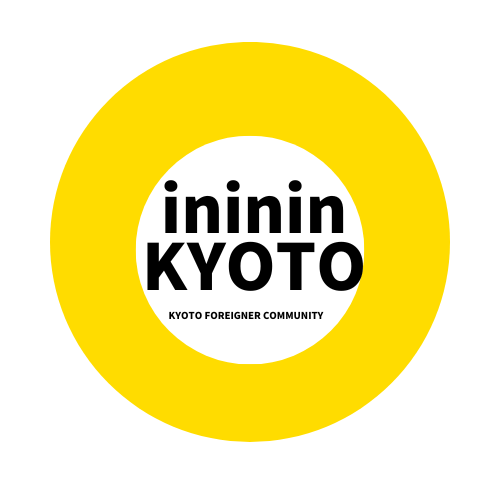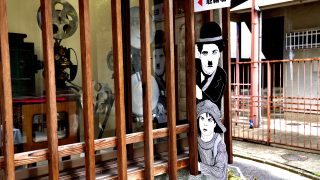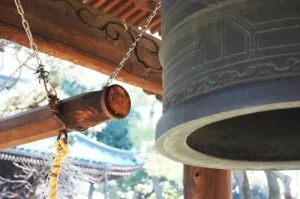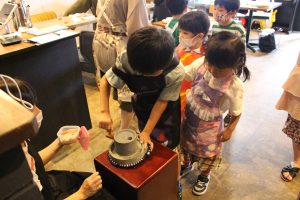Let's learn about Japanese film history at the Toy Film Museum!
Short videos are all the rage in an age without social networking!

Short videos are gaining momentum on TikTok, Instagram, and YouTube. Against the backdrop of the spread of smartphones and social networking services, videos of less than one minute are being created one after another and enjoyed by people all over the world.
It is truly a new culture brought about by the advancement of digital technology. However, if you go back in history, there were similar contents 90 years ago, when smartphones did not exist, let alone social networking services.
That was the golden age of Japanese cinema, when 35mm films were sold off after showing in movie theaters. At the time, they were affectionately called "toy films.
In this issue, we visit the Toy Film Museum (Nakagyo-ku, Kyoto), where you can learn about the history of Japanese movies through such toy films. We will explore the nostalgic charm of toy movies.
Visited the Toy Movie Museum.
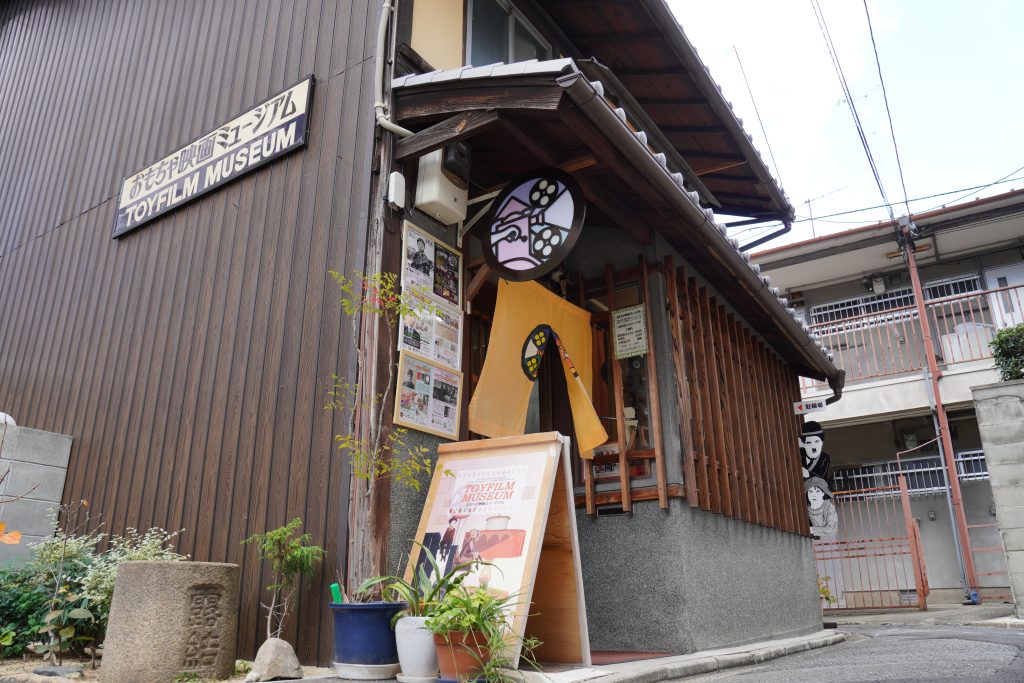
Goin Dori (Koin Dori) is known as a street that runs diagonally, which is unusual in Kyoto City. If you look at a map, you will see a diagonal section stretching approximately 750 meters from Senbon Sanjo to Shijo Omiya. The museum is located in a quiet residential area just a little east of the street.
The building is an atmospheric renovated machiya (traditional Kyoto townhouse) that was once a yuzen dyeing factory. On a cypress board in front of the building, the words "Toy Film Museum" are written in bold, rounded letters. In fact, the font is the same as that used for the "Maneki Signboard" on which the names of Kabuki actors from the East and West are written at the Kabuki theater Minami-za in Higashiyama-ku, Kyoto.
As I was about to enter the museum, I felt a gaze from something in the shadows. The mysterious panel was a scene from Charles Chaplin's silent film "The Kid" (released in 1921). The humorous greeting made my cheeks relax.
Passing through the yellow curtain decorated with an illustration of a hand-cranked projector, you will enter the world of "toy movies"!
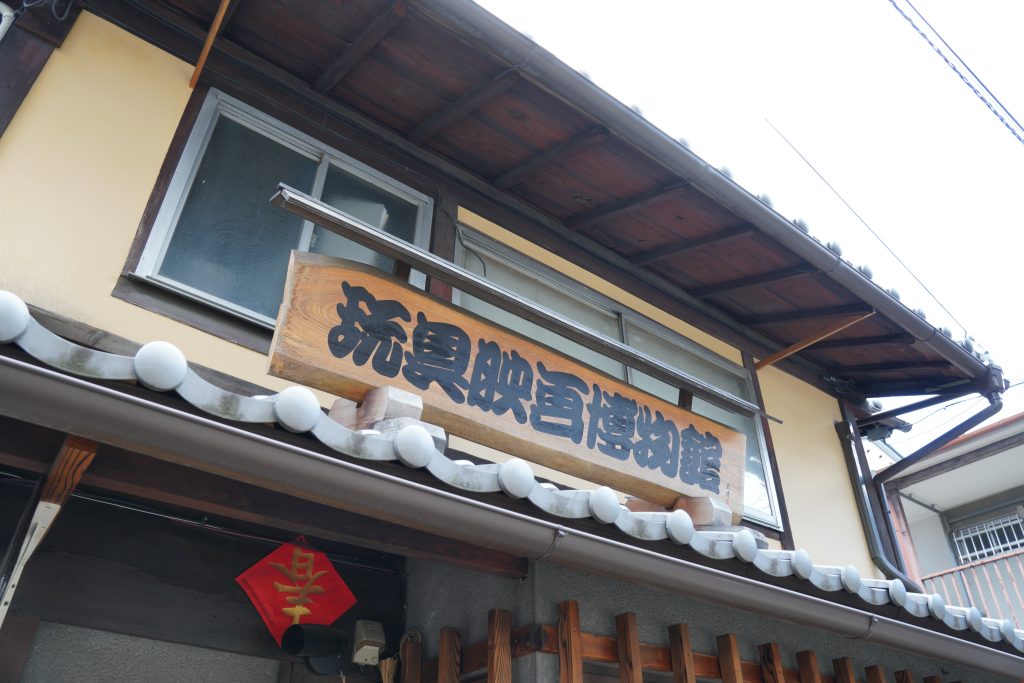
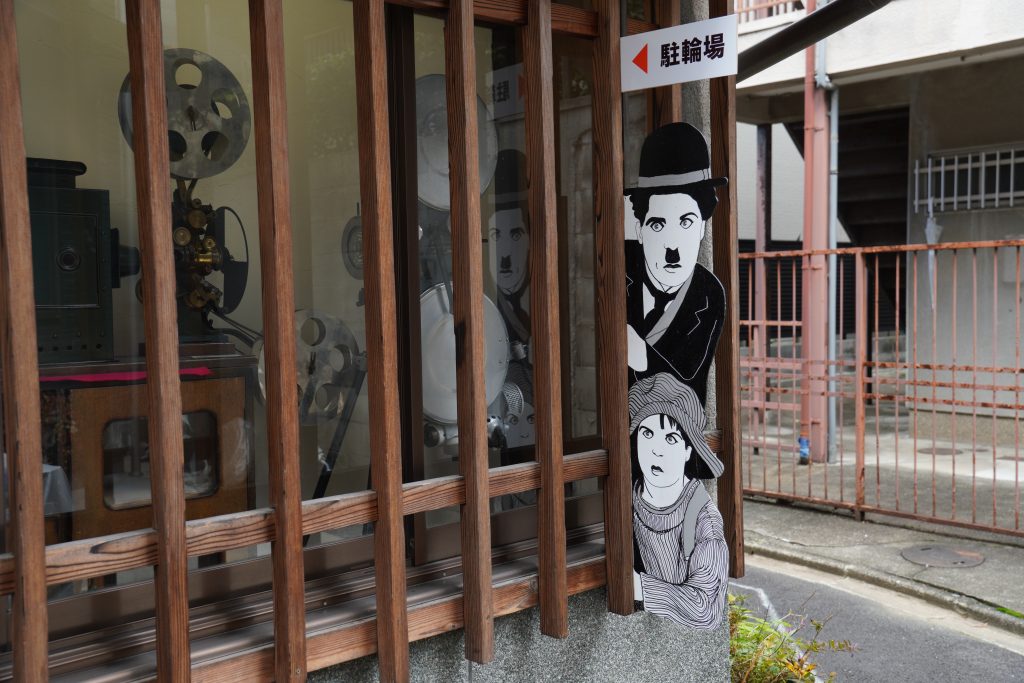
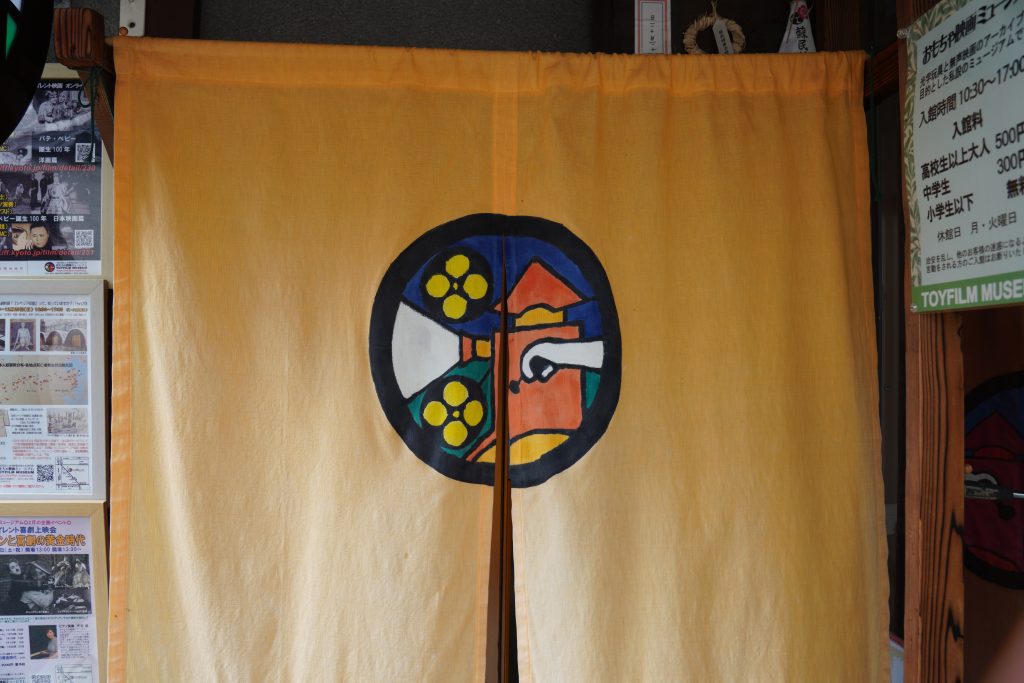
What is the appeal of toy movies?
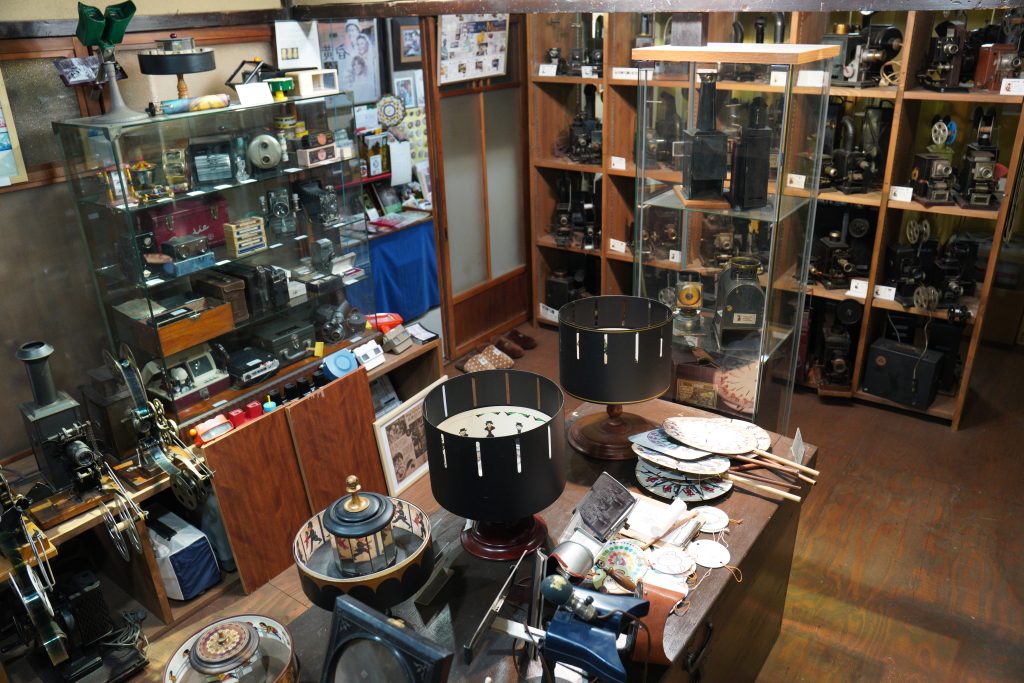
So why were toy films created? Actually, silent films reached their heyday in the Taisho and early Showa periods (1920s to 1930s), but when the era of talkie films with sound began, they were increasingly lost as toy films were sold off or discarded.
Yoneo Ota, 73, former professor at Osaka University of Arts and director of the museum, has been collecting and preserving toy movies for many years. The exhibition space is filled with nearly 1,000 vintage hand-cranked projectors, cameras, and films.
Mr. Ota says, "In this digital age when anyone can easily shoot, we can discover new things if we look at the world of film." "If you have any old film, projectors, or other items related to film on hand, please let us know," he says, appealing for cooperation in preserving valuable visual materials.
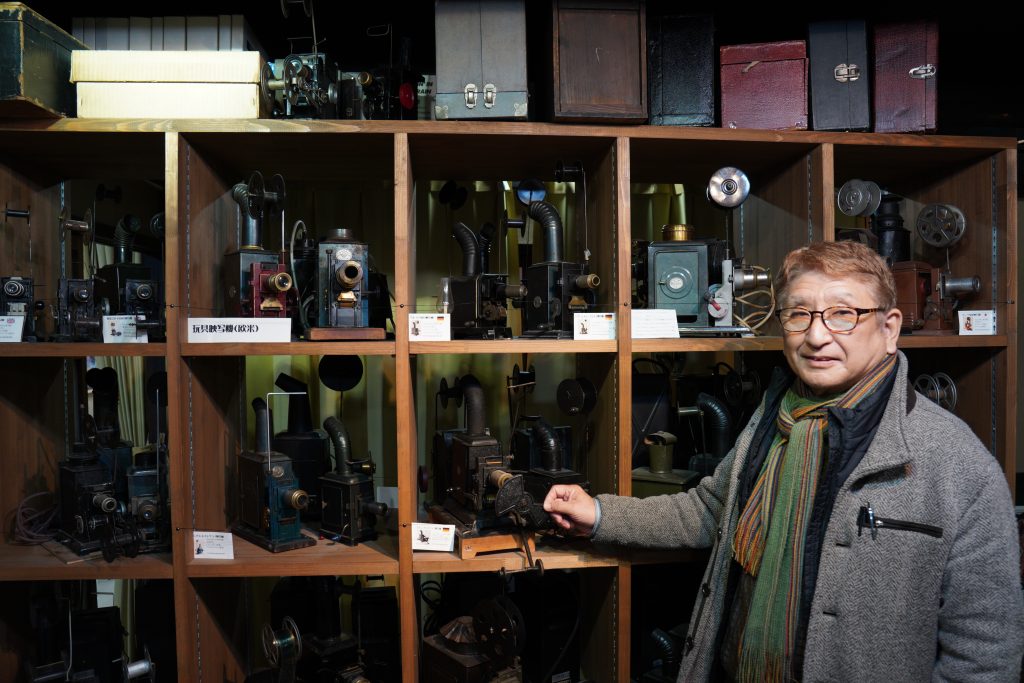
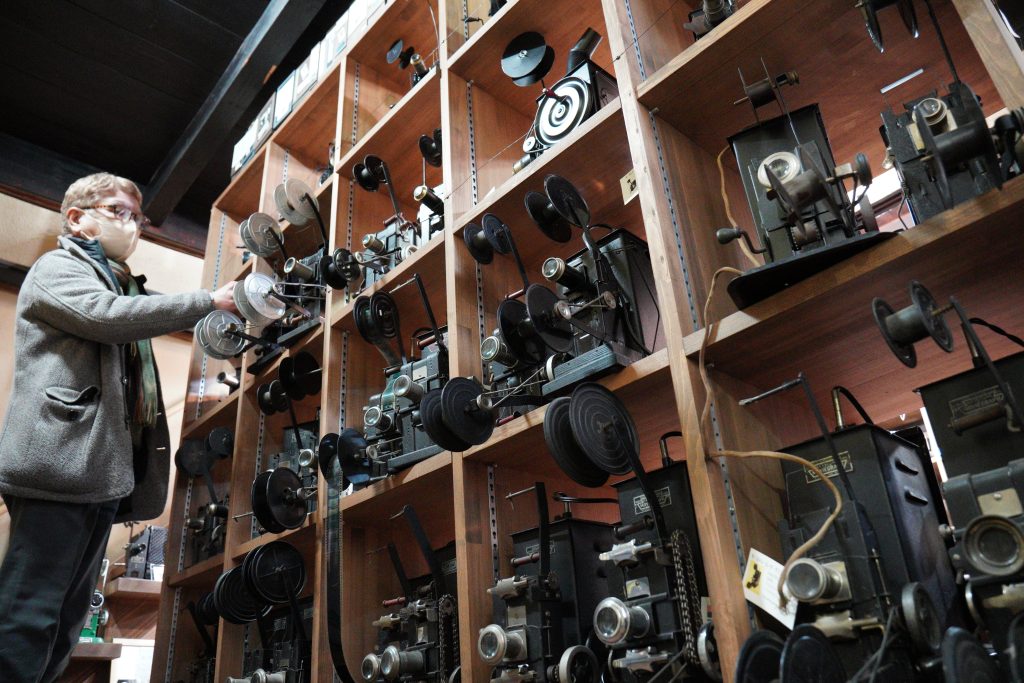
Let's actually experience it!
Visitors can also view rare toy movie films in the museum. I tried it for the first time with Mr. Ota showing me how to use the projector.
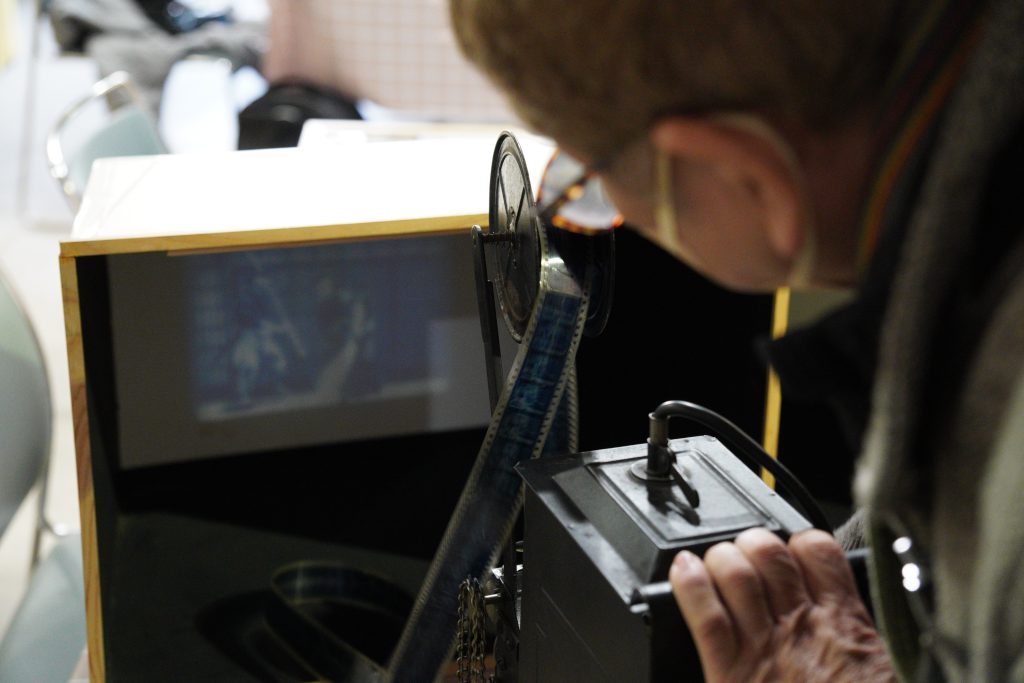
The mechanism of the projector is quite simple. When the handle is turned, the film starts to spin, the still image developed on the film catches the light, and the image is projected through the lens in the box. In this case, it is a scene from a period drama, a chanbara (sword fighting) scene that lasts only about 15 seconds. The lively movements of the actors and the fluid camera work are very powerful.
I felt like the projector guy from the opening of "Friday Roadshow. I felt a solid response as the images flowed in tandem with my hand movements. It was different from the old documentaries that we watch on TV or on the Internet. I was so absorbed in watching it that I watched it over and over again.
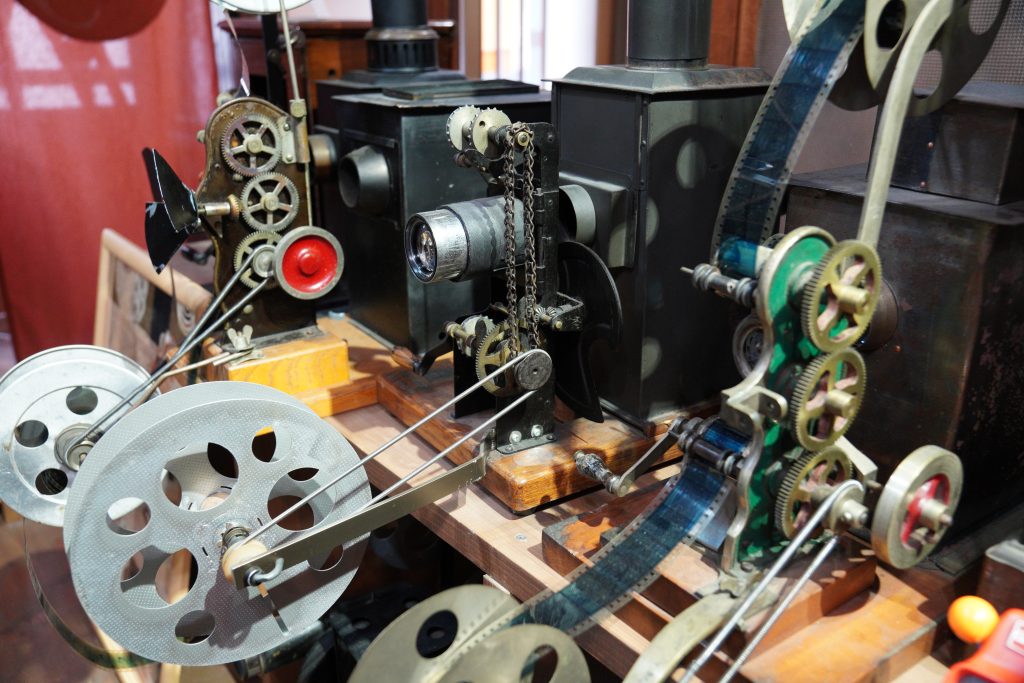
In addition to period dramas, the museum has a wide variety of films, including animation, movies, and news footage. Mr. Ota says, "With a smartphone, you can play a video with a touch of a button without thinking. However, the fundamental principles of video production have not changed. By actually touching the films and projectors at the museum, visitors can learn about the mechanics of film production.
Deep connection with drama and film
One of the reasons Mr. Ota launched the museum was his desire to create a place where people in the film industry and all those who love films can interact and exchange information. To date, the museum has hosted numerous events such as screenings, lectures, and workshops to revitalize the film industry.
Although there were times when the Corona Disaster prevented him from working as much as he would have liked, he is determined to "continue to think of various ways to make this a center for promoting Japanese film culture.
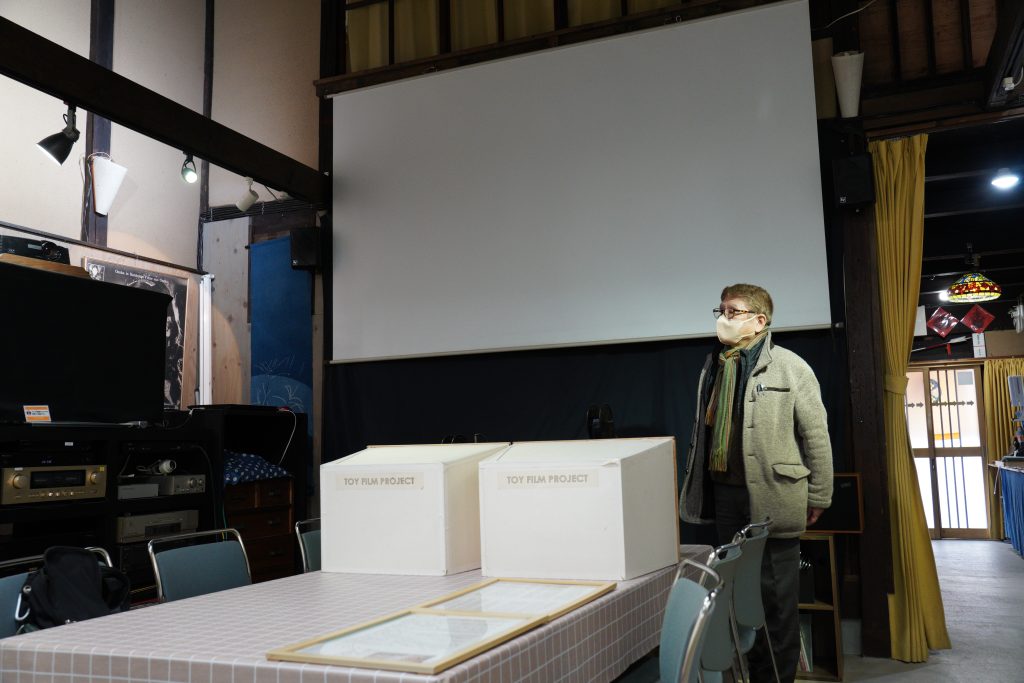
The museum is said to be visited not only by events but also by people involved in the film industry from time to time. The walls of the museum are decorated with autographs of domestic and foreign film directors.
Among the exhibits are a lantern provided as material for the NHK morning drama "Manpuku" (2018-19) and a 9.5mm projector used as a prop in the movie "The Spy's Wife" (2020). It is precisely because we carefully preserve these valuable materials that we receive requests for cooperation from the field of modern film production.
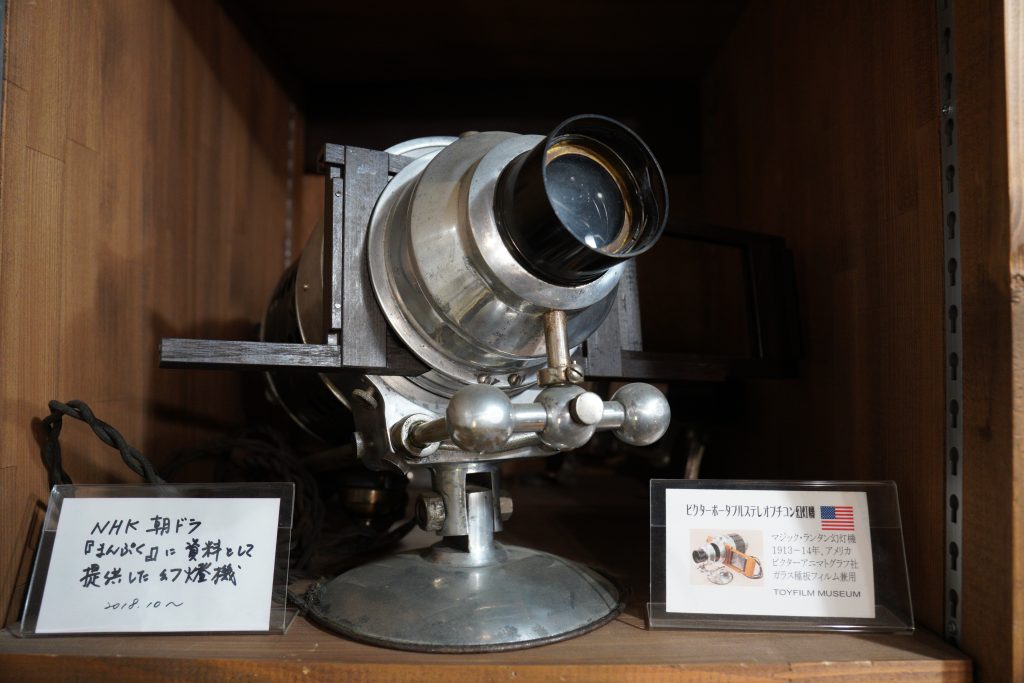
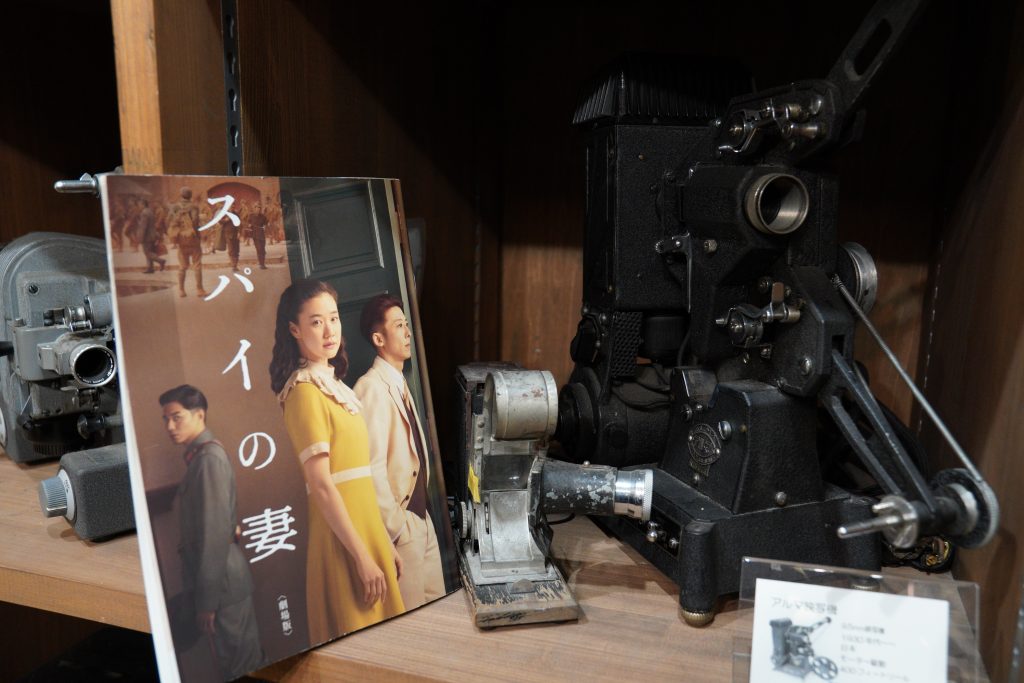
Museum for both adults and children

This museum allows visitors to learn about the history of Japanese cinema and filmmaking through the unique culture of toy movies. Although I am just barely of the digital generation, the sensation of turning the projector with my own hands and moving the film images was a precious experience that I could not have had anywhere else. I felt as if I could feel the breath of the craftsmen who poured their passion into the production of silent films, or as we call them today, the creators. I encourage everyone to visit the museum.
| Toy Film Museum Admission hours: 10:30-17:00 Closed: Mondays and Tuesdays Admission: Adults (high school students and older): 500 yen, Junior high school students: 300 yen, Elementary school students and younger: free |
Contributor profile

- A fledgling writer who found herself living in Kyoto. I am an outdoorsman who lives and plays in the mountains while living in the city of 1,000 years. Sometimes I come down to the city to do some reporting on whatever interests me. I'm an omnivore who finds everything interesting, so I'm happy to share information regardless of genre!
